
This logo isn't an ad or affiliate link. It's an organization that shares in our mission, and empowered the authors to share their insights in Byte form.
Rumie vets Bytes for compliance with our
Standards.
The organization is responsible for the completeness and reliability of the content.
Learn more
about how Rumie works with partners.
Picture this... 💭
You’re texting or speaking to your friend about that crazy time you got lost in a theme park. You want to explain exactly when, where, and why it happened… but your sentences start sounding choppy and repetitive.
What if there was a simple way to connect all that information smoothly?

Here, we have relative adverbs, which are great to use to make your speaking and writing sound more natural. Let’s break them down in a few minutes and learn how to use them correctly in sentences.
What are relative adverbs?
Relative adverbs introduce a clause (a group of words with a subject & verb) and join it to the rest of the sentence.
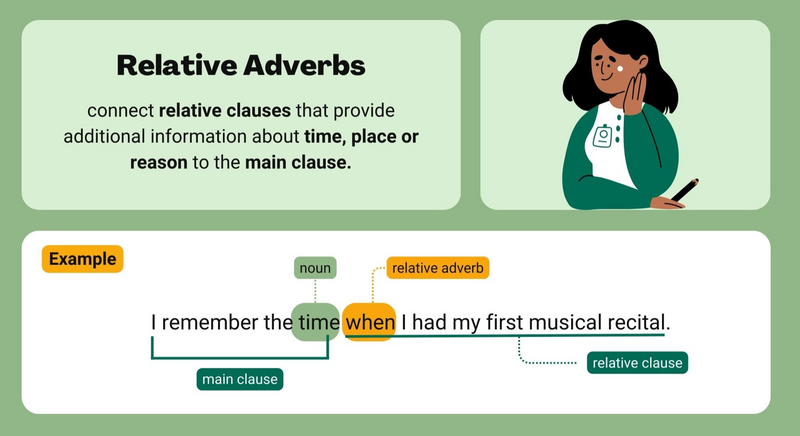 Image created by the author in Canva Creative Studio. To hear an audio description of the image, click play on the audio player below:
Image created by the author in Canva Creative Studio. To hear an audio description of the image, click play on the audio player below:
The three main relative adverbs are:
where
when
why
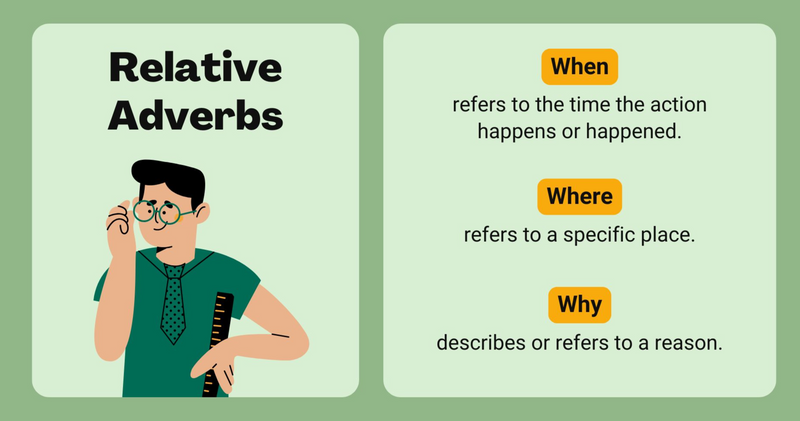 Image created by the author in Canva Creative Studio. To hear an audio description of the image, click play on the audio player below:
Image created by the author in Canva Creative Studio. To hear an audio description of the image, click play on the audio player below:
How to use "when" in a sentence
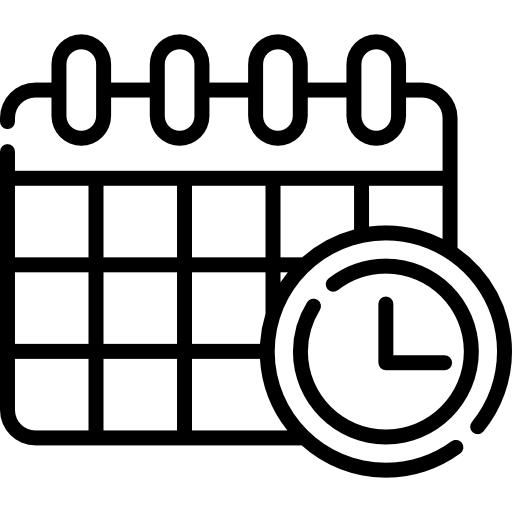
Think of "when" as a time machine in your sentence! It helps you pinpoint the exact moment something happened.
 Image created by the author in Canva Creative Studio. To hear an audio description of the image, click play on the audio player below:
Image created by the author in Canva Creative Studio. To hear an audio description of the image, click play on the audio player below:
Here, "when" connects the moment (the summer) with what happened (learning to ride a bike), making the sentence smoother and clearer.
Did you know?
If you can replace "when" with "at the time that" and the sentence still makes sense, you’re using it correctly! 🚀
How to use "where" in a sentence
Here, "where" connects the place (the park) with what happened (having the match), making the sentence flow smoothly.
Did you know?
If you can replace "where" with "in the place that" and it still makes sense, you're on the right track! 🗺
How to use "why" in a sentence
Here, "why" connects the reason (the reason I missed the bus) with the rest of the sentence.
Did you know?
If you can replace "why" with "for the reason that" and it still makes sense, you’ve nailed it! 🎯
Quiz Time

You and your friend are talking about the movie you watched last night. Your friend wants to recommend the film to her brother. She asks, "Which part of the movie did you enjoy the most?"
How do you respond using the correct relative adverb?
A. "I liked the part why..."
B. "I liked the part when..."
C. "I liked the part where..."
Quiz
Which of these answers uses the correct relative adverb?
"When" (B) is correct because you're talking about a specific moment in time within the movie (the part you enjoyed most). It can't be (A) because "where" is used for places, but a part of a movie isn't a physical location. It can't be (C) because "why" is used to explain a reason, but the sentence is not asking for an explanation.
Take Action
Feeling confident about using relative adverbs?
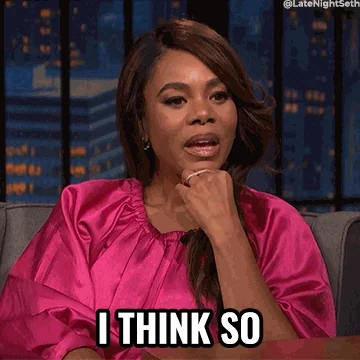 Remember, using relative adverbs help your speaking and writing sound more natural and connected.
Remember, using relative adverbs help your speaking and writing sound more natural and connected.
This Byte has been authored by
Krystal McKenzie
Learning Designer & Educator
MA
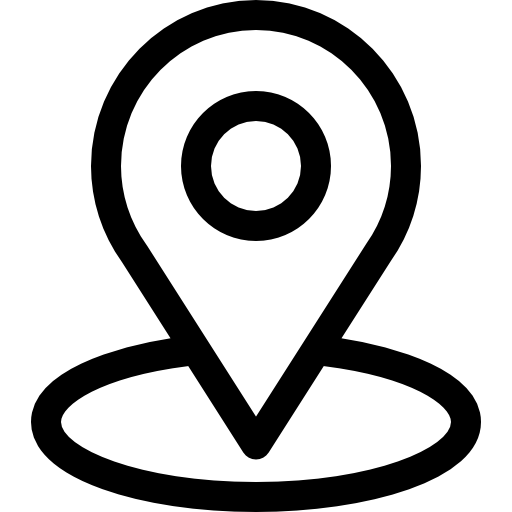 Think of "where" as a GPS for your sentence! It helps describe the exact location something happened.
Think of "where" as a GPS for your sentence! It helps describe the exact location something happened. Imag
Imag Ever been asked, "Why did you do that?" That’s exactly how "why" works — it explains the reason something happened.
Ever been asked, "Why did you do that?" That’s exactly how "why" works — it explains the reason something happened. Imag
Imag